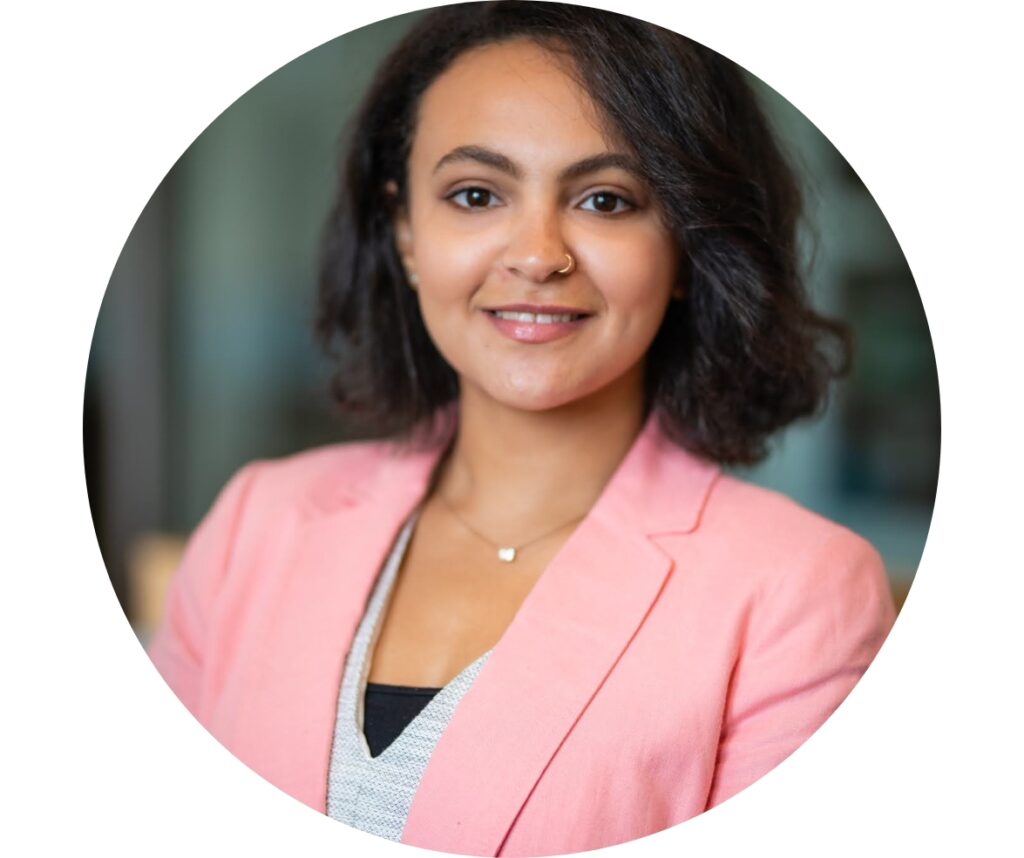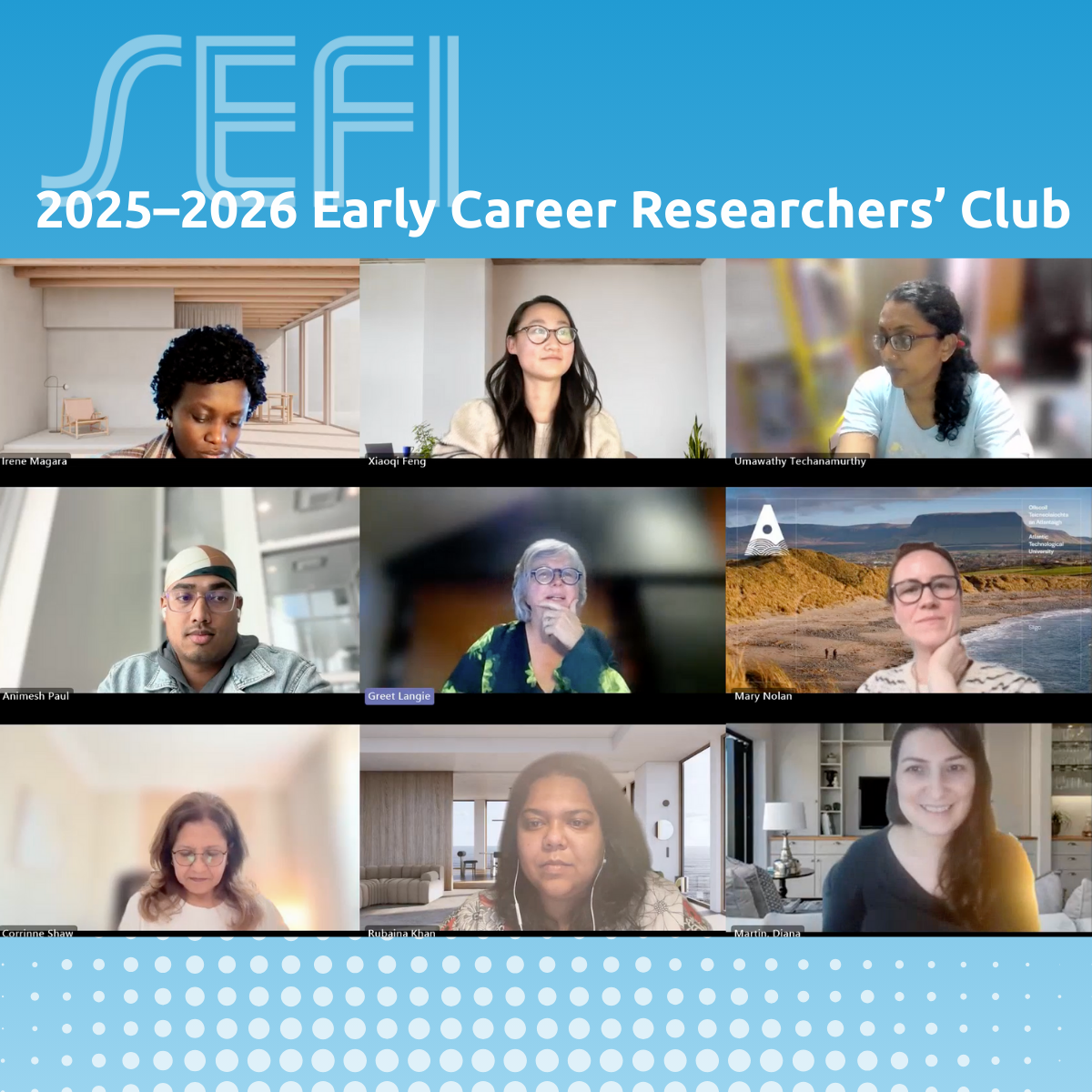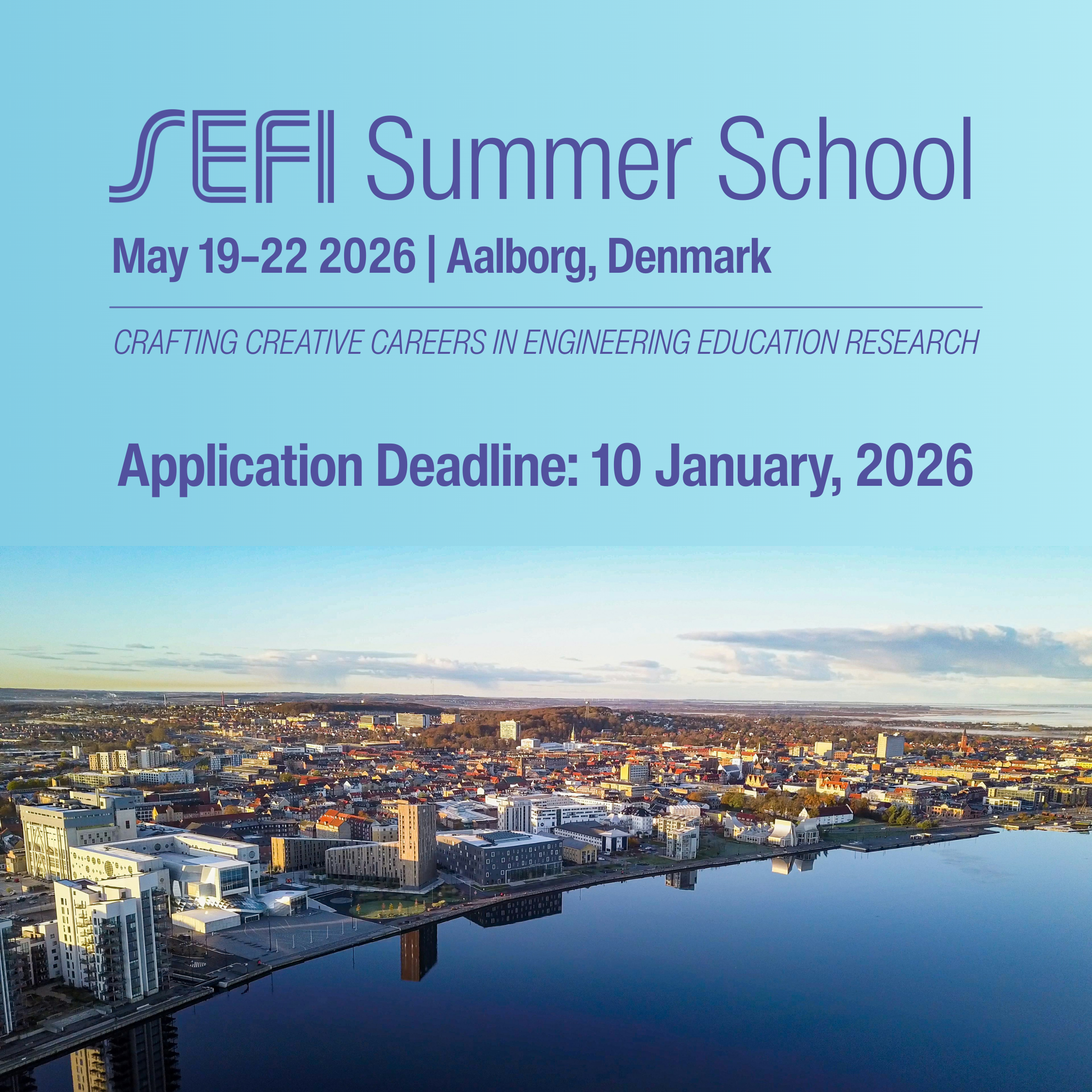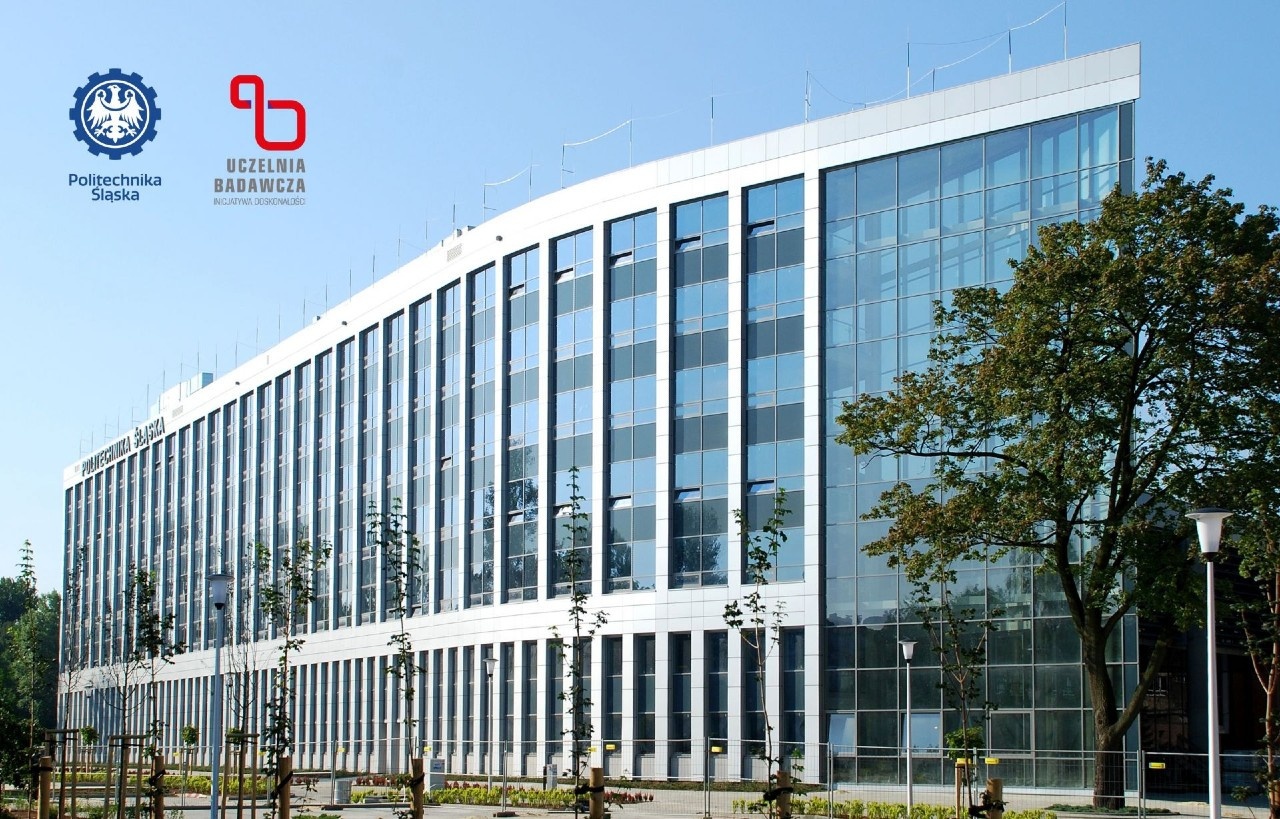The SEFI Early Career Researchers’ Club is a 9-month initiative designed to support and connect…

Starting from the time I was in middle school, I was lucky enough to engage with multiple K-12 STEM outreach programs, like First Lego League, a robotics design and programming competition. Also, upon starting high school, I moved from a public to a private school with not only a notable difference in the teaching quality and support systems available to students but also a shocking difference in the socio-economic status of my classmates. This motivated me to pursue a prestigious career that leads to financial stability. Along with this materialistic mindset, my engagement with K-12 programs convinced me that I would be the next great inventor and change the world. Near the end of my undergraduate degree, I identified humanitarian engineering and education as two main areas I could go into, believing that these are more ‘noble’ professions compared to ‘just’ engineering. I was still looking for that initial promise of being able to make the world a better place using my education. Up to this point, I saw the purpose of my higher education degree in black and white: I either thought about getting a good-paying job and earning enough money to triumph over my rich high school mates or be a good member of society who wanted to give back to her people and use engineering for a good cause.
This exact tension is what I am trying to study through a qualitative multi-case study exploring what undergraduate engineering students’ perspective is on the purpose of obtaining a higher education degree and how, if at all, that perspective changes over time. Amartya Sen provides us with a framework to think about the purpose of education in terms of three main purposes: instrumental, intrinsic, and social. We must be careful, though, and not classify everything instrumental as bad and everything that is intrinsic as good. Initial results from my dissertation show that students pursue seemingly instrumental purposes, e.g., getting a high-paying job, for non-instrumental reasons, e.g., helping family or raising one’s living standard. Also, intrinsic purposes, e.g., seeking knowledge for the sake of knowledge, could lead to public bad if the bearer of the knowledge chooses to use it that way. This is where another work of Sen’s, the capabilities approach, helps us link the purposes listed earlier to what a person is able to be and do. Unfortunately, the students in my study, with few exceptions, did not express interest in using their engineering knowledge for the public good or in creating positive change in their communities. However, they experienced personal growth and engaged with their discipline and disciplinary knowledge during their undergraduate journey.
I am joined on this venture by my advisor Dr. Nicole Pitterson, along with the committee members Drs. Jenni Case, Homero Murzi, and Paul Ashwin. My dissertation is based on longitudinal data of undergraduate Chemical Engineering students in the US and England, obtained from the Centre for Global Higher Education (CGHE) ‘Understanding Knowledge, Curriculum and Student Agency’ Project. For a more detailed preview of the data analysis, you may preview this publication: https://ieeexplore.ieee.org/document/9962627
Moving forward, to address the decline in students’ interest in social purposes, educators (and especially ethics educators) need to help students translate different engineering creeds on holding the safety and welfare of the public to tangible outcomes. They can help students re-envision the idea of ‘I want to change the world’ to what I, as an undergraduate engineering student, can do this semester to start a change in my community. This will, in turn, translate to the parents and the public image of what engineering is and what it can do, which influences future students’ image of engineering. Also, researchers, including myself, need to work on creating a space in the literature that allows a discussion of a more nuanced understanding of how students hold space for multiple purposes simultaneously and navigate the higher education system to achieve those purposes. Lastly, and most importantly, the students should remind themselves of the initial reasons they pursued engineering in the first place, whether it is the love of hands-on activities or just the joy of curiosity not to get lost in a sea of instrumental purposes.
I am joined on this venture by my advisor Dr. Nicole Pitterson, along with the committee members Drs. Jenni Case, Homero Murzi, and Paul Ashwin. My dissertation is based on longitudinal data of undergraduate Chemical Engineering students in the US and England, obtained from the Centre for Global Higher Education (CGHE) ‘Understanding Knowledge, Curriculum and Student Agency’ Project. For a more detailed preview of the data analysis, you may preview this publication: https://ieeexplore.ieee.org/document/9962627


